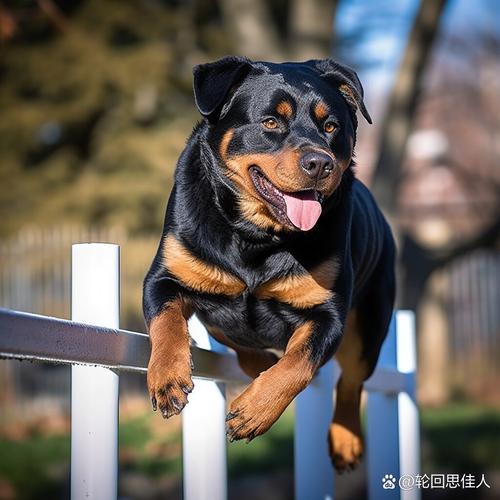
Understanding the Rottweiler Dog Bite Force
Have you ever wondered about the sheer power behind a Rottweiler’s bite? Known for their loyalty and strength, these dogs have a bite force that is often the subject of fascination and concern. In this article, we delve into the details of the Rottweiler dog bite force, exploring its origins, implications, and the science behind it.
Origins of the Rottweiler’s Bite Force
The Rottweiler’s bite force is a result of its historical role as a working dog. Originally bred in Germany, Rottweilers were used in butchering houses to control cattle and assist in the handling of meat. Their strong bite and powerful jaws were essential for their work, and this has been passed down through generations.

Measuring the Rottweiler Dog Bite Force
Measuring the bite force of a dog is not an easy task, but it can be done using a device called a dynamometer. This device applies a controlled amount of pressure to the dog’s jaw and measures the force required to break the jaw’s grip. According to various studies, the average Rottweiler has a bite force of around 328 pounds (147 kg), which is one of the highest among dog breeds.
Comparative Bite Force Table
| Breed | Bite Force (pounds) |
|---|---|
| Rottweiler | 328 |
| Chow Chow | 320 |
| Doberman Pinscher | 305 |
| Boxer | 305 |
| German Shepherd | 238 |
Implications of the Rottweiler’s Bite Force
The Rottweiler’s bite force is a double-edged sword. On one hand, it is a testament to their strength and loyalty, making them excellent working dogs. On the other hand, it can be a source of concern for owners and those who come into contact with these dogs. Understanding the potential risks associated with their bite force is crucial for responsible dog ownership.
Training and Socialization
Training and socialization are key factors in managing a Rottweiler’s bite force. Proper training helps to channel their natural instincts and aggression into positive behaviors. Socialization ensures that they are comfortable around people and other animals, reducing the likelihood of aggressive incidents.
Preventing Dog Bites
Preventing dog bites is a collective responsibility. Here are some tips for both owners and non-owners:
-
Always approach dogs with caution, especially if you are unfamiliar with them.
-
Do not provoke or tease a dog, as this can trigger aggressive behavior.
-
Teach children how to interact safely with dogs, emphasizing the importance of not pulling on their ears or tails.
-
Ensure that your dog is well-trained and socialized, and always keep them under control in public.
Conclusion
The Rottweiler dog bite force is a fascinating aspect of this breed’s history and nature. While it is important to be aware of the potential risks, responsible ownership and proper training can help mitigate these concerns. By understanding the science behind their bite force and taking appropriate precautions, we can ensure the safety and well-being of both Rottweilers and those they interact with.







